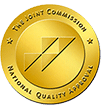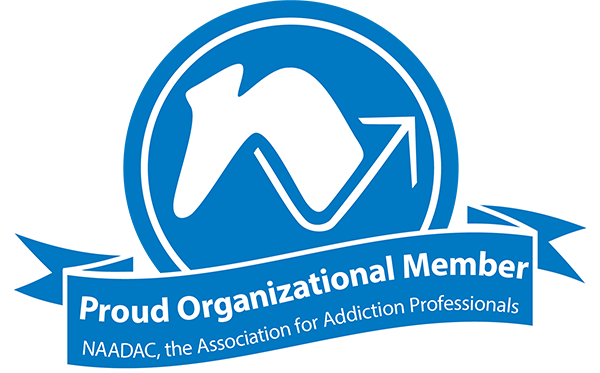Skip To Section
Learning to recognize the signs and symptoms of alcoholism, also known as alcohol addiction, is essential for the health and well-being of yourself and your loved ones. In 2023, a reported 1 in 10 people over the age of 12 had Alcohol Use Disorder (AUD), with prevalence increasing during the COVID-19 lockdowns. Seeking help for alcoholism has become even more crucial over the past few years.
Alcohol is often seen as harmless because it’s legal, but it’s no safer than illicit drugs. Just like other forms of substance abuse, people can become dependent on alcohol, resulting in a dangerous addiction cycle. Heavy alcohol use has many adverse effects on a person’s health, mental health, and lifestyle.
If you suspect a loved one is abusing alcohol, or you feel you may be struggling, becoming familiar with tell-tale signs is helpful. Some of the signs of alcoholism are obvious, while others are subtle. Continue to read to learn some common signs and symptoms of alcoholism.
Physical Signs of Alcoholism
Significant alcohol use comes with some clear signs, particularly after a person has consumed enough alcohol to be impaired. Short-term physical signs may be what you notice in the minutes or hours after alcohol is consumed, while long-term physical signs can show up over time, usually years after alcohol addiction has started.
Short-term physical signs of alcohol addiction include:
- Slurred speech
- Poor coordination or inability to walk properly
- Slow reaction times
- Blurry vision
- Alcohol poisoning
- Hangovers
Long-term physical signs of alcohol addiction include:
- Malnutrition and nutrient deficiencies
- Liver damage
- Cognitive issues
- Increased blood pressure
- Increased risk of heart attack or stroke
- Weakened immune system and other medical issues
Behavioral Signs of Alcoholism
In addition to physical signs, people who are addicted to alcohol show specific changes in behavior. These changes aren’t exclusive to alcohol abuse, which is helpful to keep in mind when ruling out other potential causes, like mental health conditions involving behavior changes. People who are addicted to alcohol may also be trying to cover up their drinking in various ways.
Behavioral signs of alcoholism to look for include:
- Risk-taking behaviors (e.g., risky sexual activity)
- Belligerent or aggressive behavior
- Avoiding social gatherings with no alcohol
- Drinking alone or before socializing to reduce anxiety
- Denying they have a problem with alcohol
- Withdrawing from friends and family
- Not engaging in activities they once enjoyed
- Problems in relationships, work, or school
- Drinking at unusual times, such as first thing in the morning
- Driving drunk/reckless driving
- Legal problems resulting from public intoxication, assault, or drunk driving
Mental Signs of Alcoholism
Recognizing the mental signs of alcoholism is crucial for early intervention and treatment. These often subtle cues can manifest as changes in behavior, thought processes, and emotional regulation.
Individuals may experience increased levels of mental health issues including:
- Anxiety
- Depression
- Irritability without apparent cause
- Anhedonia (Lack of pleasure)
There’s also a common tendency to isolate from loved ones and activities that were once enjoyed, as alcohol becomes a central focus of daily life.
Drinking can also impair cognitive functions over time, leading to difficulty in concentrating or completing tasks at work or home. This cognitive decline can exacerbate feelings of frustration and self-doubt, often creating a vicious cycle where more alcohol is consumed as a misguided form of self-medication. Acknowledging of the mental signs of alcoholism is a critical step toward seeking help and healing from addiction.
Symptoms of Alcoholism
Recognizing the symptoms of alcoholism is crucial for early intervention and treatment. These symptoms can manifest in various physical, behavioral, and psychological ways.
Physically, individuals may exhibit symptoms including:
- Frequent hangovers
- Tolerance to alcohol, requiring people to consume more to achieve the same effects
- Withdrawal symptoms like shaking, sweating, or nausea when not drinking
Behavioral symptoms of alcohol addiction include:
- Noticeable shifts toward prioritizing drinking over other activities
- Increased secrecy about their consumption habits
- Difficulties in controlling the amount consumed despite a desire to cut down
Psychological symptoms of alcoholism include:
- Mood swings
- Irritability
- Depression
- Anhedonia, or lack of pleasure and interest in previously enjoyed activities
People may also start experiencing memory blackouts and show an inability to remember events while under the influence of alcohol. It’s essential to approach these symptoms with compassion and understanding, offering support to those who may be struggling with alcoholism.
"*" indicates required fields
Fill out the form below and one of our admissions team members will reach out to you:
"*" indicates required fields
Stages of Alcoholism
Alcoholism can occur in different stages based on the severity of the addiction. It can be challenging to recognize addictive behavior until later in the stages, even if you know a person (or yourself) well.
Not everyone battling with alcoholism will progress through the stages linearly, and some may experience periods of remission or relapse. Additionally, not everyone will experience every stage, and the severity and progression of alcoholism can vary widely from person to person.
Early Stage: Experimentation
This stage typically begins with social drinking or experimentation. Alcohol is consumed occasionally and in moderate amounts. There may not be any significant adverse consequences at this point, and the person may not even recognize they have a problem.
Middle Stage: Problem Drinking
In this stage, drinking becomes more frequent and starts to interfere with daily life. The person may experience cravings for alcohol and may drink alone or in risky situations. They may begin to neglect responsibilities, experience mood swings, and encounter relationship problems. Despite negative consequences, they may continue to drink.
Late Stages: Dependence and Addiction
Later stages involve a clear physical and psychological dependence on alcohol. The person may experience withdrawal symptoms when they try to stop drinking, such as tremors (also known as the DTs), sweating, anxiety, or nausea. Tolerance to alcohol has increased significantly, leading them to drink more to achieve the desired effects. Other areas of life, such as work, relationships, and health, may dramatically deteriorate.
If alcohol dependence continues without intervention, alcohol can begin to dominate the person’s life. They may prioritize drinking above all else, leading to severe consequences such as job loss, financial problems, legal issues, and health complications. Despite the negative impact on their life, they may find it extremely difficult to quit or cut down on drinking without professional help.
Effects of Alcoholism: Secondary Consequences
Alcoholism affects more than the individual who is addicted; it can have profound secondary consequences rippling through families and communities. Here are some additional ways alcoholism impacts other facets of life:
Signs You Need Help for Alcoholism
There are many red flags that indicate that your drinking habits have become problematic. Knowing these signs can help you know if you or a loved one may need professional help for alcoholism.
Some signs you may need help include:
- Memory lapses, both “brownouts” and “blackouts,” not only indicate heavy drinking but can also lead to dangerous situations and long-term memory loss.
- Rationalization such as making excuses for why one “needs” to drink or minimizing the amount of alcohol consumed.
- Fear and denial can lead people to fiercely reject any suggestion that their drinking is problematic, even when faced with evidence to the contrary.
- Lying or hiding the extent of one’s alcohol use.
- Neglecting responsibilities and obligations due to drinking.
- Experiencing withdrawal symptoms when not drinking for a period of time.
- Difficulty controlling the amount of alcohol consumed where people make efforts to cut back or stop drinking but find themselves consuming more than intended.
- Overlooking responsibilities and obligations, skipping work, and missing important events.
- Neglecting personal hygiene and self-care.
- Damaging relationships with loved ones due to arguments and conflicts over the individual’s drinking habits.
- Frequent cravings and urges to drink, even when it interferes with their physical, mental, spiritual, and social health.
- Engaging in risky situations due to impaired judgment when under the influence.
These signs may indicate that an individual is struggling with alcoholism or developing an addiction. It’s important to seek help from a trained professional.
What to Do About Alcoholism: Next Steps
Alcohol addiction is serious and often requires intervention and professional treatment. Seeking help for yourself or your loved one is a bold step; however, with the right tools, you can feel better equipped with a plan to move forward.
Alcohol addiction treatment typically begins with medical detox, where medical staff provide 24/7 supervision to monitor for safety. After detox, ongoing treatment for alcohol addiction can help identify and treat the underlying reasons for the addiction. Many people turn to alcohol to cope with mental health conditions like depression or anxiety or to escape the effects of a traumatic past; being able to address the root causes of alcoholism is another step on the path toward recovery.
There are multiple options for alcohol addiction treatment at Footprints to Recovery to address the specific needs of you or your loved one. For more information about these programs, call Footprints today. We are ready to help you decide which program may be right for you or your loved one. Hope and help are waiting for you with a future free of alcohol addiction.
Our admissions team is available 24/7 to listen to your story and help you get started with the next steps.








